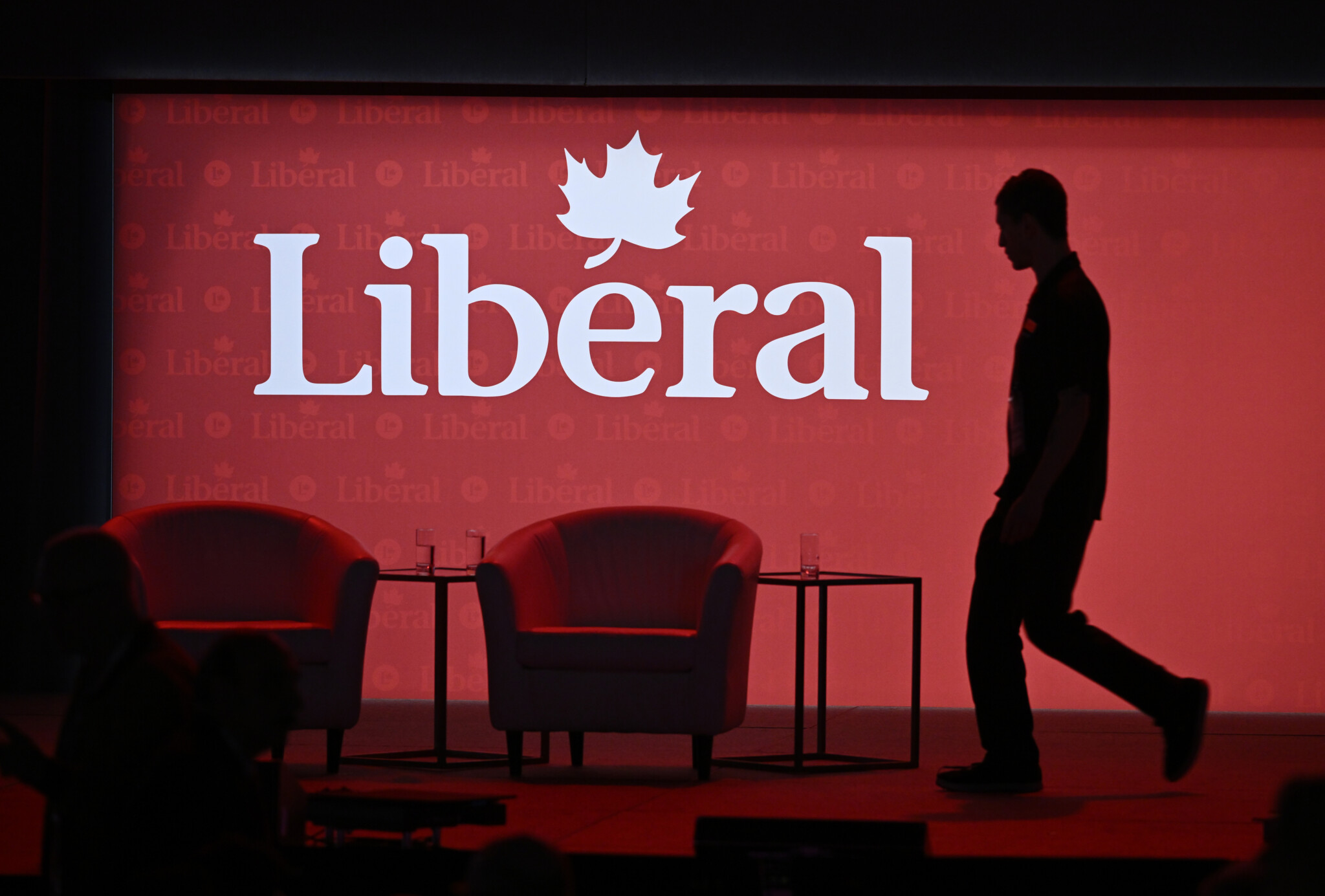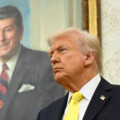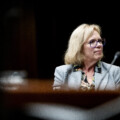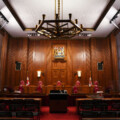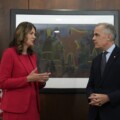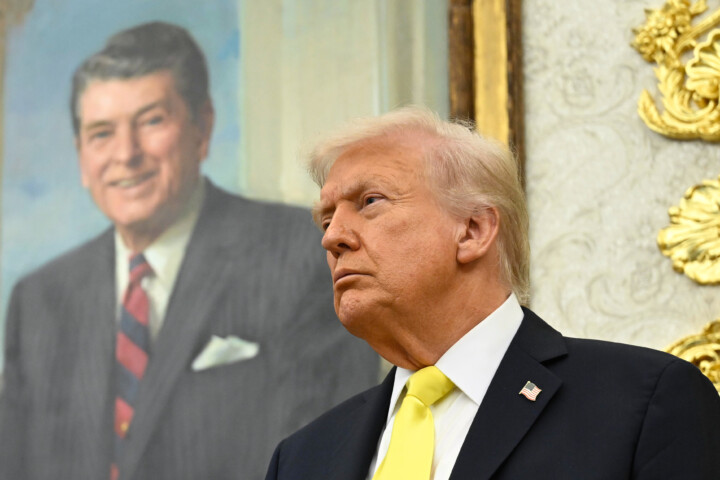In The Weekly Wrap Sean Speer, our editor-at-large, analyses for Hub subscribers the big stories shaping politics, policy, and the economy in the week that was.
Is there room for two separate progressive parties in Canada?
If Prime Minister Justin Trudeau’s announcement that he will step down after a new Liberal Party leader is selected has set off a ton of speculation about who might succeed him, there’s been far less attention paid to the more fundamental question: should the Liberal Party exist at all?
You can argue that his press conference provided one answer. Trudeau’s appeal to “progressive across the country” rather than the Liberal Party itself suggests that he sees himself as much the leader of a left-wing movement as a big-tent political party.
There are no doubt other Liberals who would give a different answer. They see themselves as institutionalists—as the inheritors of the party of Laurier, King, and St. Laurent. Their political identity is as Liberals, not progressives.
This in fact may be the right way to think about the future of the Liberal Party: a contest between institutionalists and progressives.
My instinct is that the charisma and energy rests with the progressives. They’re young, idealistic and wonky. They’ve been mobilized and multiplied during the Trudeau era. They’ve held roles in cabinet and among the key staff. And they now occupy positions in civil society—including as university professors, non-profit leaders, and social justice advocates—that privilege their participation in politics.
These progressive Liberals increasingly define the ideas and vocabulary that dominate the party. Yet they themselves don’t have deep attachments to it. Yes, they can extoll the party’s history in contributing to aspects of Canada’s social welfare state or the Charter of Rights and Freedoms. But they’re just as likely to recoil at its role in the country’s racist, misogynistic, and even genocidal past. Their relationship to the Liberal Party is, in other words, instrumental at best and highly conflicted at worst.
As they continue to polarize the Liberal Party and in turn withdraw it from the centre of political spectrum, the case for its ongoing existence ostensibly weakens. If their overriding motivation is to advance progressive goals, the case for two separate progressive parties seems rather weak. What’s gained from separate finances, candidate selection, policy ideation, and ultimately election ballots for the Liberals and New Democrats? The upside seems to mostly accrue to the Conservatives. Especially since a majority of those who voted for the Liberals in the 2021 election now tell pollsters that they support a merger between the two parties.
If Pierre Poilievre wins the next election, it probably won’t be because the Liberals and the NDP split the left-wing vote. But it certainly won’t help and it’s hurt in the past. The Conservative Party has won the popular vote in six of the past seven elections and in each case, the combined Liberal-NDP vote was bigger.
These trends suggest that something is likely to eventually give in the form of a progressive merger. It may not be after the next election or even the one after that. The Liberal institutionalists may be declining in power but by virtue of their age and standing, they can still exert some influence over the party. Yet one gets the sense that as they retire from politics and are replaced by younger and more committed progressives, the Liberal Party itself may cease to exist.
